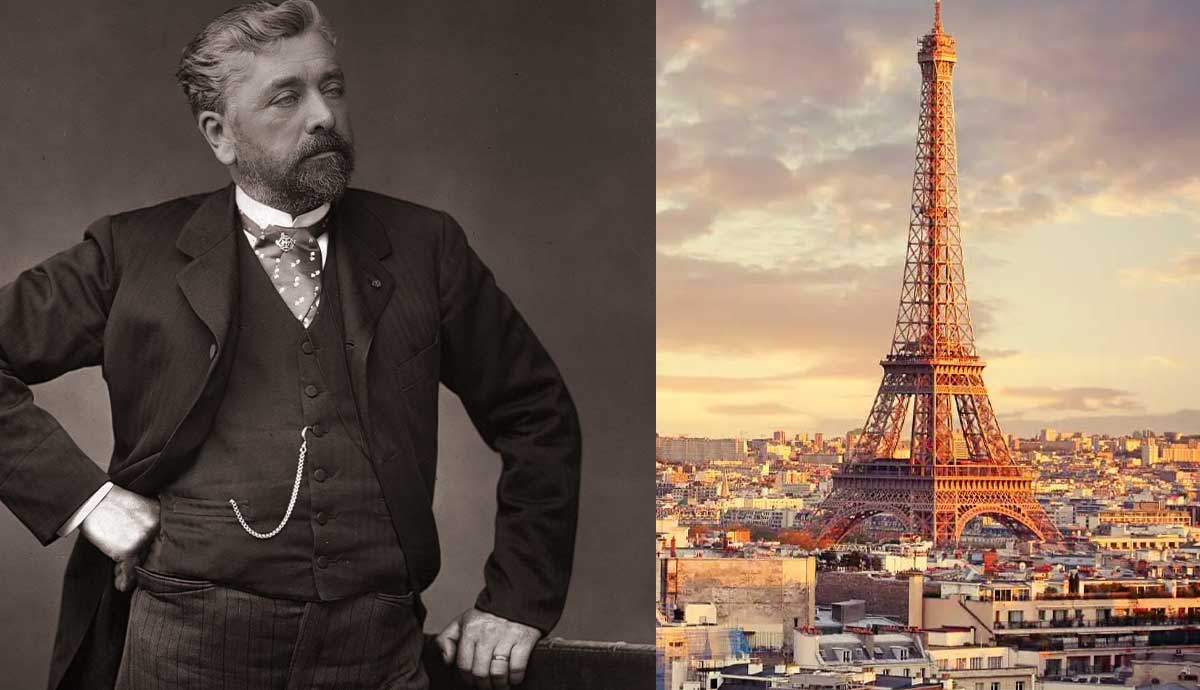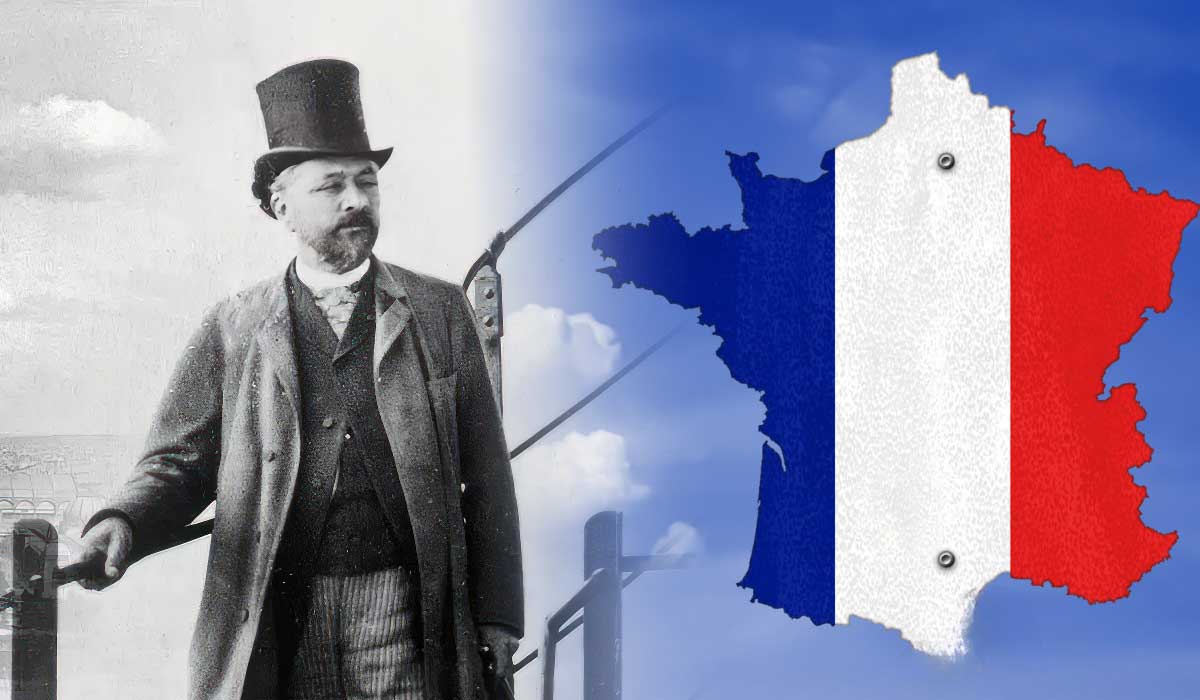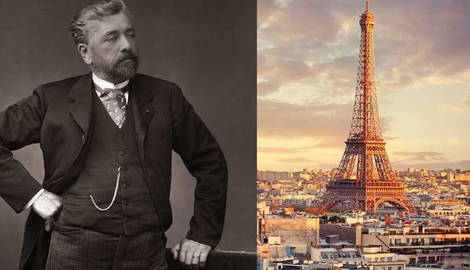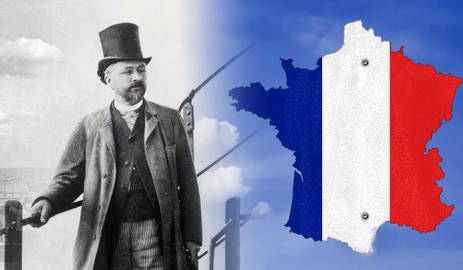
Gustave Eiffel was a pioneering engineer who specialized in metal structural work. His name is synonymous with the iconic Eiffel Tower in Paris, France. But he also designed many significant buildings and structures around the world, including the Porto Viaduct over the river Douro, the Garabit Viaduct, Pest railway station in Hungary and the Nice Observatory Dome. Eiffel also assisted with the construction of the Statue of Liberty in New York. We celebrate the vast legacy of this world-renowned engineer with a series of key facts about his life and career.
1. Gustave Eiffel Lived Most of His Life in France

Gustave Eiffel was born in Dijon in 1832. He moved on to graduate from the Ecole Centrale des Arts et Manufactures in 1855. As a young graduate he began working in South West France on Bordeaux’s Great Railway Bridge, where he first developed an interest in lattice-style, structural engineering. In 1864, Eiffel established his own business as an engineer, with a focus on metal construction.
2. Gustave Eiffel Designed Hundreds of Metal Structures

Throughout his long and illustrious career Eiffel produced hundreds of iconic structures all around the world, including railway bridges, towers, train stations and viaducts. Among his most esteemed projects are the twin edifices of the Porto viaduct and the Gerabit viaduct, situated in the Cantal area of France. Eiffel designed the underlying structure of the iconic Statue of Liberty, a gift from France to the US to celebrate the role France played in supporting America during the American Revolutionary War. He also designed the famed Pest train station in Hungary, known as “Budapest’s Gate”, and the curved dome of Nice Observatory, which has a rotating dome that opens up to reveal the stars. Both designs featured the engineer’s distinctive and inventive metalwork.
3. The Eiffel Tower Was His Crowning Glory

Without a doubt, the Eiffel Tower was Gustave Eiffel’s most significant contribution to the history of architecture and engineering. Its distinctive lattice design and industrial, modernist design became a beacon of progress and innovation on the Parisian skyline. In its day, the monument made history as the tallest building in the world, and it subsequently became synonymous with Eiffel’s name. Although the tower was meant to be temporary for a 20-year period, to coincide with the Paris World Fair of 1889, it stuck around after being transformed into a practical radio mast. Today, the Eiffel Tower is still one of the world’s most popular tourist attractions.
4. He Was Embroiled in a Disastrous Project in Panama

While Eiffel might be one of the most famous and successful engineers in history today, he once became embroiled in a messy scandal in Panama. In 1887, Eiffel took on work to design the locks of the Panama Canal. It was a risky project under the management of Ferdinand de Lesseps, who promised to pay Eiffel at the start of the project. But unfortunately, the canal construction company, Compagnie du Canal faced liquidation and Eiffel’s name was mixed up in the scandal. Even though he had no involvement in the finances, Eiffel was sentenced to two years in prison, and a hefty fine. Thankfully for Eiffel, his punishment was eventually annulled by the French Court, but his name was now forever tarnished.
5. Gustave Eiffel Dedicated His Later Years to Scientific Research

Following the Panama scandal, Gustave Eiffel retired from engineering work. Instead, he dedicated the latter part of his career to scientific research. One of Eiffel’s greatest achievements was finding a practical use for the Eiffel Tower, as a giant radio mast. Eiffel also carried out research into aerodynamics, experimenting with several wind tunnels in France, containing fans driven by electric motors, whose models became the prototype for many future wind tunnels in the following century.











